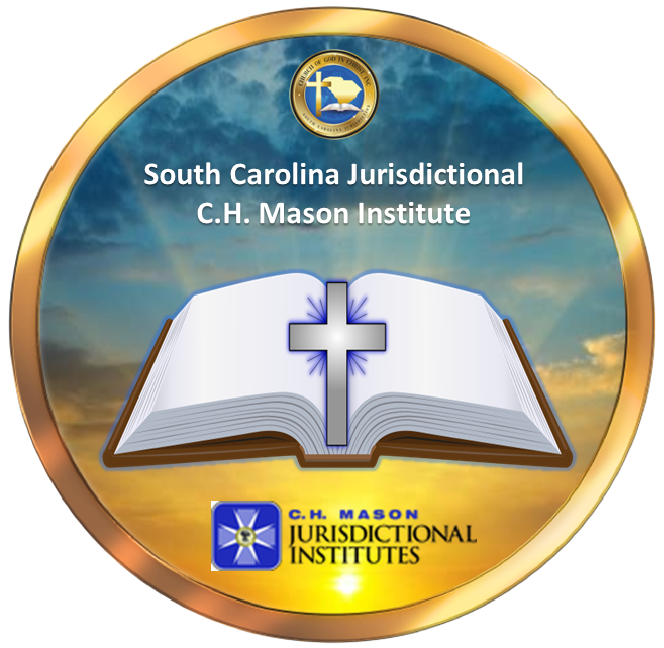This course is a basic overview to highlight the major divisions of the New Testament. It will cover the background and composition of the New Testament which when properly considered will help illuminate the individual books themselves as three important areas within the New Testament setting are shown: the Hebrew, the Greek, and the Roman.
GENERAL OVERVIEW
This course will provide information to allow students to be able to identify the major events that shaped the New Testament. It will assist students in identifying key roles of individuals within the New Testament and how God used these individuals to influence the development of God’s coming New Kingdom. It will also validate the process God used to reveal Himself to all mankind, the enactments of Apostles, and the movement of Pauline epistles by the evolution of His purpose.
COURSE OBJECTIVES
The intentions of this course are:
- Students will define key terms as related to the New Testament.
- Students will know the role of key persons within the New Testament.
- Students will express a clear understanding of the chronological and Literary division of the New Testament.
- Students will explain the works of the “Synoptic Gospels.”
- Students will acquaint themselves with Acts of the Apostles
- Students will memorize important points of the “Pauline Epistles.”
- Students will explain the times of the “Church and Suffering.”
- Students will explain the times of the “Church and False Teaching.”
- Students will memorize the major divisions of the New Testament and associate the books of the New Testament with each division.
- Students will explain the theological significance of the Book of Revelation.
COURSE TEXT(S) AND RESOURCES (MATERIALS)
1) New Testament Survey, Broadening Your Biblical Horizons
2) Bible – King James Version only needed as textbook (optional-other versions may be used by student)
3) Dictionary
4) Optional–Concordance and other study helps as needed
COURSE POLICIES
The instructor will adhere to all C. H. Mason Jurisdiction Institute policies pertaining to attendance, make-up tests, auditing, etc. Students are expected to be familiar with these policies. Any absenteeism, late assignments, etc. must be cleared (in advance) with the instructor. Where attendance is expected you must be present for at least 90% of the class to be counted as present. You are allowed (2) two absences. It is extremely important for you to attend class, stay current with the material, and actively participate to benefit from this course. You will be responsible for and tested on both the text and lecture material. If miss a class, it is your responsibility to request and obtain information/material given (e.g., announcements, notes, schedule modifications, etc.) from a classmate.
In addition, class sessions may not be photographed, audio, or video recorded by student(s). Technology may only be used for note-taking and course-related activities during class. Students violating this will be dismissed from class. If you require an exception/accommodation regarding the use of technology, please discuss your situation with your instructor who will present it to the Dean for approval.
COURSE PROCEDURE
This course will be taught using multiple instructional methods, primarily virtual conference lectures. Virtual conference lectures will be used to introduce important topics and highlight specific content within each chapter. Additional instructional methods will include lectures with PowerPoint, case studies with group discussion, oral presentations with an associated critical discussion/real-time application, and video discussion. Typically, chapters will be introduced via lecture format and incorporate interpretive discussions. Following the lecture presentation, students will complete homework and engage in further study online using the primary literature to further illustrate the topic and expand learning.
Typical class outline:
- Announcements with students (Question and Answers-Q&A)
- Chapter/Lesson Introduction
- Lecture/Video
- Student Participation – Discussion
- Lecture/Video
- Student Participation – Discussion
- Announcements, Reminders, Student Q & A, and Student Assignment.
Lectures will be presented by PowerPoint; student interactions may be focused on one-on-one or small group discussions. *Assignments will be delivered and completed online. Lectures are geared toward real-time application of personnel, organization, and supervision.
ASSIGNMENTS AND COURSE PREPARATION
Successfully students usually devote a minimum of (8) eight hours per week to study and prepare. Readiness to learn means that you are prepared to discuss the content, its practical relevance, and real-time application. I have found that successful students:
- Read assigned material before class
- Actively participate in class discussion, and other relevant thought-provoking questions
- Review online content prior to completing assignments.
Use the schema below to interpret point’s calculation for assignments.

